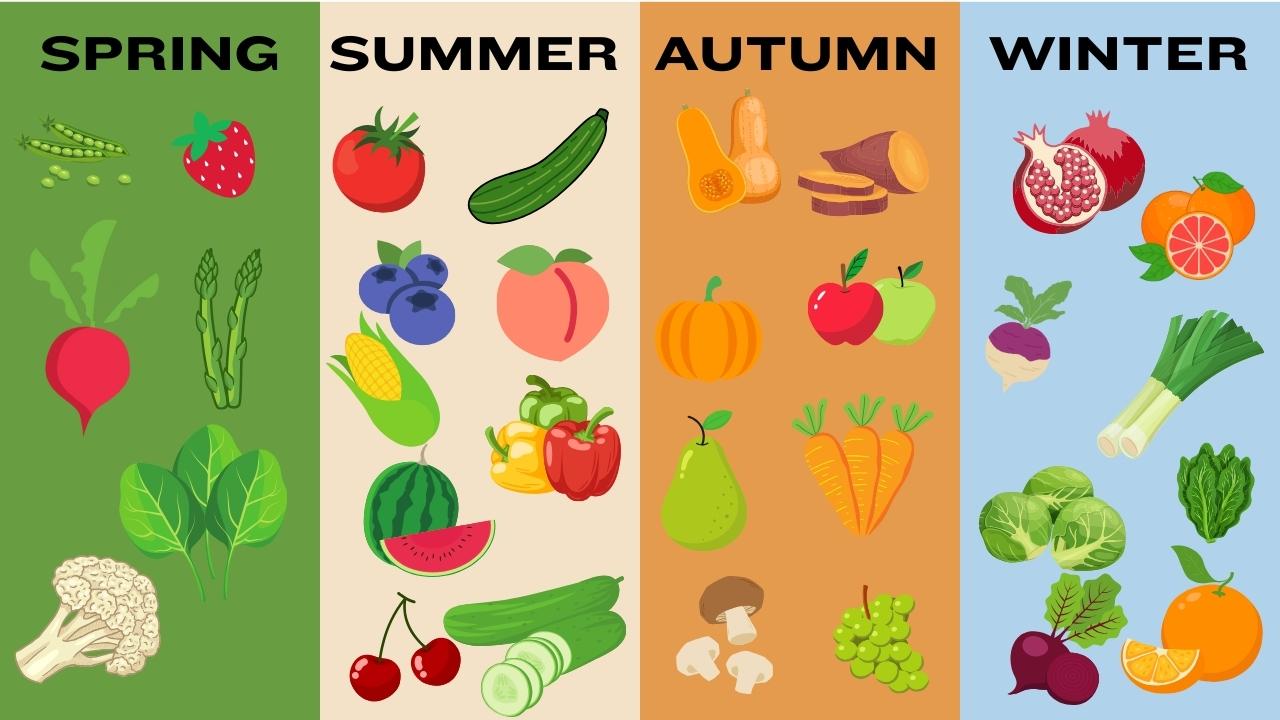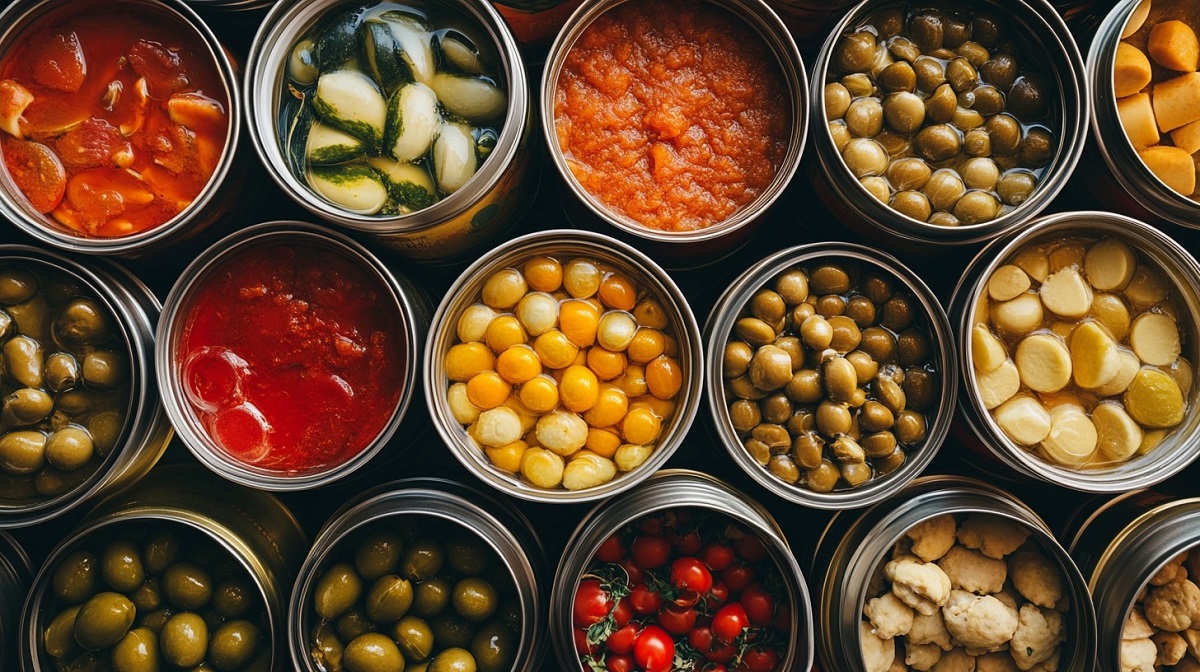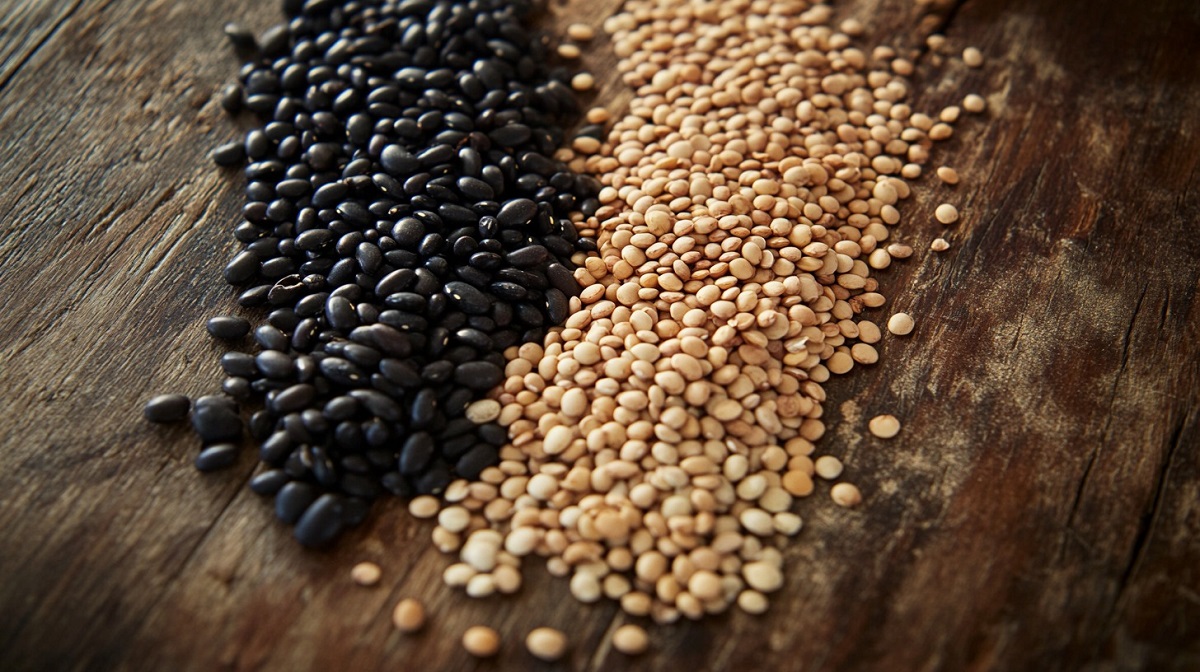
Share Post:
Everyone loves the idea of healthy eating—right up until the grocery bill arrives. Then come the excuses: fresh produce is too expensive, lean proteins might ruin the bank account, and so on. I hear that concern every day.
Fortunately, it’s entirely possible to whip up balanced meals without kissing your savings goodbye. The game plan is simple: plan with purpose, shop wisely, and remain flexible. Let’s explore some wallet-friendly approaches with a generous side of sass.
Table of Contents
ToggleYou Need the Mighty Meal Plan

Meal planning deserves a gold medal. Sketching out breakfast, lunch, and dinner for the week helps cut down on frantic, overpriced food runs at midnight.
Some folks prefer advanced spreadsheets with color-coded tabs, while others rely on a crumpled notepad. Both are excellent if they assist in pre-determining each grocery item.
- Jot down recipe ideas in a simple notebook.
- Check recipes that align with personal fitness goals.
- Organize by categories (proteins, produce, carbs).
An organized schedule wards off the dreaded “What’s for dinner?” meltdown. Instead of scouring every random aisle for vague ideas, a map to the correct sections helps keep finances in check.
Looking for A Meal Planner that Actually Works?
HurfPost Brasil has released a Free Meal Planner packed with ready-to-use templates for daily, weekly, and monthly plans. It includes dedicated versions for weight loss, weight gain, family meals, vegan diets, and more. You will find examples for breakfast, lunch, dinner, and snacks.
Download your favorite template and start organizing your meals with less stress and zero cost.
Make the Grocery List
Why do shoppers walk out of stores with chocolate-covered pretzels, artisanal jam, and fancy cheeses that are never featured in any meal plan? Lack of a precise list.
A straightforward shopping list will stand guard against sneaky impulse purchases. A neat approach is using a smartphone to store that sacred document, so an unfortunate piece of paper doesn’t vanish under the car seat.
When crafting your grocery list, consider exploring deals and offers to maximize your savings. Don’t forget the cardinal rule: never shop hungry. Groceries acquired during a hunger-fueled spree often feature a suspicious number of frosted pastries and deep-fried treats.
Seasonal Foods

Buying produce when it’s at peak harvest can slash prices dramatically. Plus, foods that are in season usually taste better. Local farmers’ markets often offer deals, especially near closing time, when sellers prefer to clear remaining stock.
Some people get carried away capturing Instagram snaps with baskets of organic veggies. If that’s the vibe, go for it. Just be sure to actually cook the produce instead of letting it wilt into oblivion at the bottom of the fridge.
Frozen and Canned Foods

Bargains are everywhere in the frozen aisle. Fruits, vegetables, and even fish can sit comfortably in a freezer until the moment arises to toss them into a recipe. Canned goods also last for ages, but always check for hidden sodium and sugar.
- Longer shelf life
- Less waste
- Usually cheaper than fresh options when out of season
Grains, Beans, and Lentils

Wandering over to the bulk section might appear intimidating at first glance. Enormous containers brimming with mysterious beans or ancient grains can scare away the unprepared.
Yet a single scoop of quinoa or lentils can be significantly cheaper than pre-packaged equivalents.
Tip 1: Bring reusable bags or containers for an eco-friendly bonus.
Tip 2: Label everything carefully, unless a surprise meal is part of the plan.
Tip 3: Store in airtight jars at home to maintain freshness.
That big bag of brown rice may feel heavy now, but the money saved is worth the minor bicep workout.
Generic Brands
A new shopper might assume pricier items always equate to higher quality. That assumption can drain an account in record time. Generic or store-brand products often match the nutritional profile of well-known labels.
More often than not, the only difference is some bold, flashy marketing on the package. One approach:
- Compare ingredients side-by-side.
- Check the nutritional facts.
- Notice the price gap.
- Resist the urge to pay extra for a fancy logo.
Brands love to brag about “secret formulas,” but most cereals or canned vegetables are pretty similar once the marketing fluff is stripped away.
Plant-Powered Proteins

Going all-vegan might be too big a leap, but adding more beans, tofu, or tempeh to the rotation can slim down the grocery bill. A smaller amount of animal protein paired with plant-based alternatives can be a win-win.
Beans, lentils, and chickpeas are cheap, versatile, and packed with protein. Try turning them into curries, soups, or even burger patties.
Some people discover a new favorite dish after dabbling in vegetarian cooking. Even the biggest carnivore can appreciate a well-seasoned lentil chili.
Cooking at Home
Grabbing takeout is occasionally tempting—especially after a grueling workout. But consistent dining out quickly leads to a financial meltdown. Plus, controlling calories is tougher when the chef behind the scenes is liberal with butter and salt. Cooking at home offers:
- A chance to experiment with flavors
- Total control over ingredients
- Avoidance of sneaky “service” fees that appear on the receipt
A single grocery haul can fund several home-cooked meals, while a single restaurant trip might burn a hole in the wallet. Now that is a sobering thought.
Coupons and Sales
Coupons can be excellent for snagging discounts, but an enthusiastic coupon collector can end up with a year’s supply of jelly donuts. That’s not exactly conducive to healthy living. Focus on nutritious staples and avoid stocking up on junk.
Sales might appear enticing, yet loading the cart with random items purely because they’re cheap is rarely wise. The best approach:
- Scan sales flyers for deals on whole foods, not candy
- Stick to core items: whole grains, lean proteins, and produce
- Resist the “Buy one, get one for half off” on triple-chocolate fudge
That unstoppable urge to hoard items with a bright yellow sale sticker can sabotage financial and fitness goals. Resist. Resist. Resist.
Portion Control
Oversized meals escalate expenses. Scooping an extra cup of rice or an extra scoop of ice cream leads to empty containers faster. Before long, more money heads to the supermarket. Embracing portion control helps with healthy weight management and budget.
Measure grains, weigh proteins, and avoid random guesswork. Some folks switch to smaller plates or bowls. The mind is surprisingly easy to trick into feeling satisfied with less. Money saved can go toward a hobby, a gym membership, or even a well-deserved spa day.
Processed Foods & Why They Burn a Hole in Your Pocket

Ultra-processed snacks, sugary drinks, and convenience items cost more than one might think. Sure, it’s nice to grab a microwaveable meal when time is limited. However, those products often contain poor nutritional value combined with a lofty price tag. Key reasons to limit them:
- Excess sodium, sugars, and unhealthy fats
- Lower overall nutritional value
- Pricey branding and packaging
- Risk of addictive snacking patterns
Rather than pay triple for the packaging and marketing, try batch-cooking and freezing meals for days when cooking time is short. The body will be grateful, and the wallet even more so.
Leftovers
No one likes to hear “leftovers again?” for the third day in a row, but a bit of creativity can transform last night’s dinner into something fresh. For instance, roast chicken can become a tasty taco filling.
Cooked vegetables can top a pizza or find their way into an omelet. Storing those items in airtight containers with labels keeps track of freshness and prevents unintentional science experiments. Saving both time and money? That’s practically magical.
Water over Fancy Drinks
Instagram-worthy beverages loaded with whipped cream, caramel drizzle, and rainbow sprinkles might seem exciting. But the sugar crash (and the price) will raise eyebrows. Carrying a reusable water bottle and filling it regularly is much cheaper, plus it’s better for hydration.
Sometimes, a slice of lemon or a few cucumber slices can give plain water a bit of flair. With that approach, an expensive coffeehouse latte can be treated as an occasional indulgence rather than a daily necessity.
Basic Nutrition May Be Key to Saving
A little reading on balancing proteins, carbs, and fats might save hundreds over the long run. For example, combining high-fiber options with lean protein helps individuals feel fuller longer.
That translates to fewer snack runs and less money out the door. Free online resources often provide practical tips on meal planning, nutrient combinations, and overall healthy choices.
Spending a small amount of time on research can prevent misguided purchases, such as trendy superfoods that don’t offer substantial benefits for their hefty prices.
Summary
A balanced diet doesn’t need to bankrupt anyone. Cutting costs while fueling the body with nutrient-rich meals involves planning, savvy shopping, a bit of portion control, and plenty of creativity.
Put those strategies to work, adapt them to personal routines, and watch the savings pile up. A little effort goes a long way toward achieving health goals without compromising on taste—or financial stability.
Related Posts:
- Healthy Meal Prep Recipes for a Week of Delicious &…
- What Fit People Eat on the Go? Quick and Healthy…
- Is Eating 900 Calories a Day Safe for Weight Loss?
- Save Money and Eat Well - Easy Budget Meal Prep…
- Posing Tips and Techniques - 10 Tips for Female Bodybuilders
- Simple Training Tips for Adults Over 50 Who Want to…









